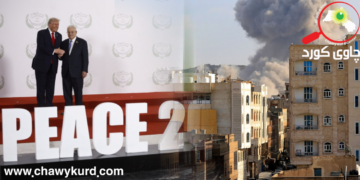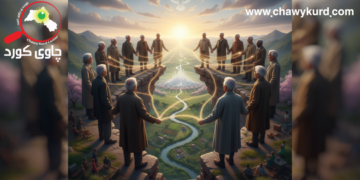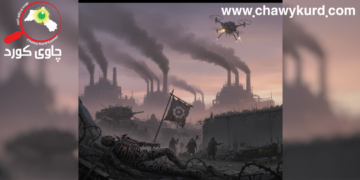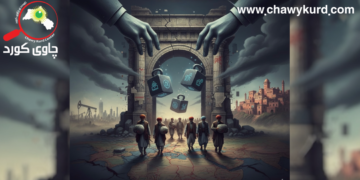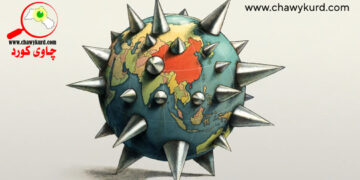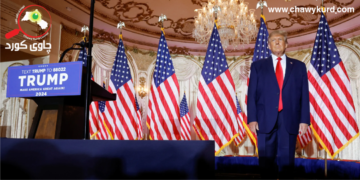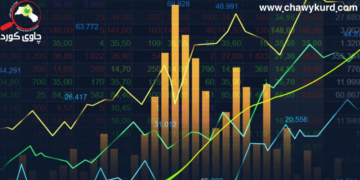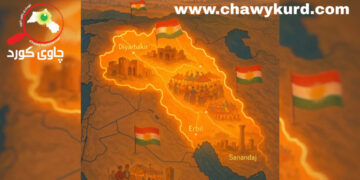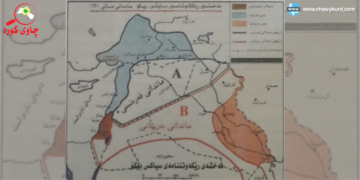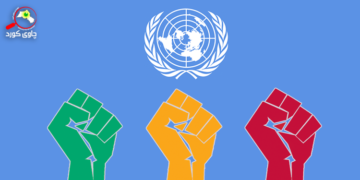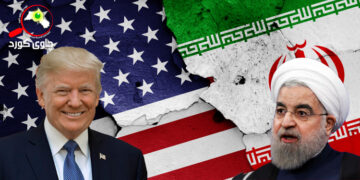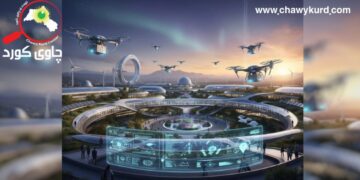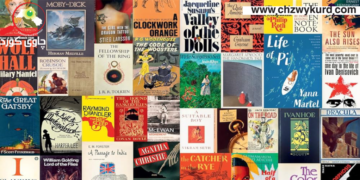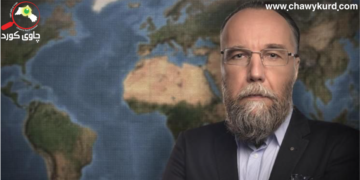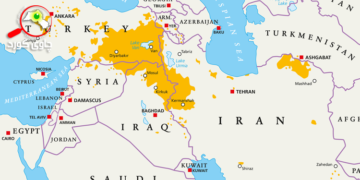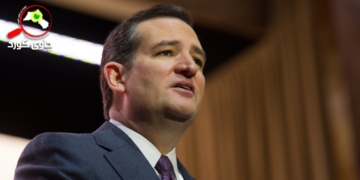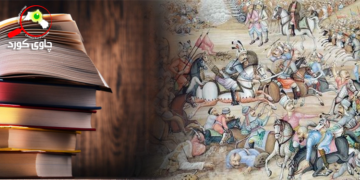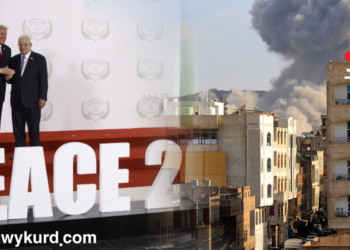The Post-Cold War between the Soviet Union and the United States created a new form of relations between Russia, the United States and China, as well as Russia and China. This new form of world system has designed a triangle of developments and conflicts for the global system. In a way, this triangle has been rising from the Chino-Soviet era and Nixon-China era, from the twentieth century until this moment, which has full of cooperation and rivalry, but after 2017 and emphasizing on different Us policy by Donald Trump direction of the triangle has shifted to a modern stage. To some extent during Biden’s election campaign for the US presidency, he described the US relations with Russia as a short-term danger and its rivalry with China as a long-term danger on US policy. The Pentagon repeated the same expression of Biden two months ago. Meanwhile, the US intelligence agency, in its Global Trends 2040 report, defined the common relationship between Russia and China as dangerous for the future. The interpretation of Biden, the Pentagon’s statements and the strategic movements of “Russia” in the world and in the Middle East, as well as in Asia and Latin America, leads us to the question of whether Russia is a threat or a problem for the United States? What’s the danger? Are the positions and traces of federal Russian politics in the Middle East a reason for creating danger to US’s Interests?
In the twenty-first century; when global issues come to roles and identification of the world system’s superpowers, a term of “Cold War 2.0” is one of the dominant and common expressions in the global strategic research paper. This was due to pursuit of American monopoly policy after events of terror War, but a point that separating the Cold War of this era from the last century is existence of a multipolar system of superpowers. This means that separation point of the Post-Cold War era (US-Russia), strengthening and resurgence of Russia and China’s presence as the world’s second-most powerful economic power after the United States. In other words, the rivalries between the United States, Russia and China have led to a modern triangle of effective politics and influences of the three countries in the 21st century.
To read the full article
http://chawykurd.com/details.aspx?=hewal&jmare=24411&Jor=41&Jor2=5255








